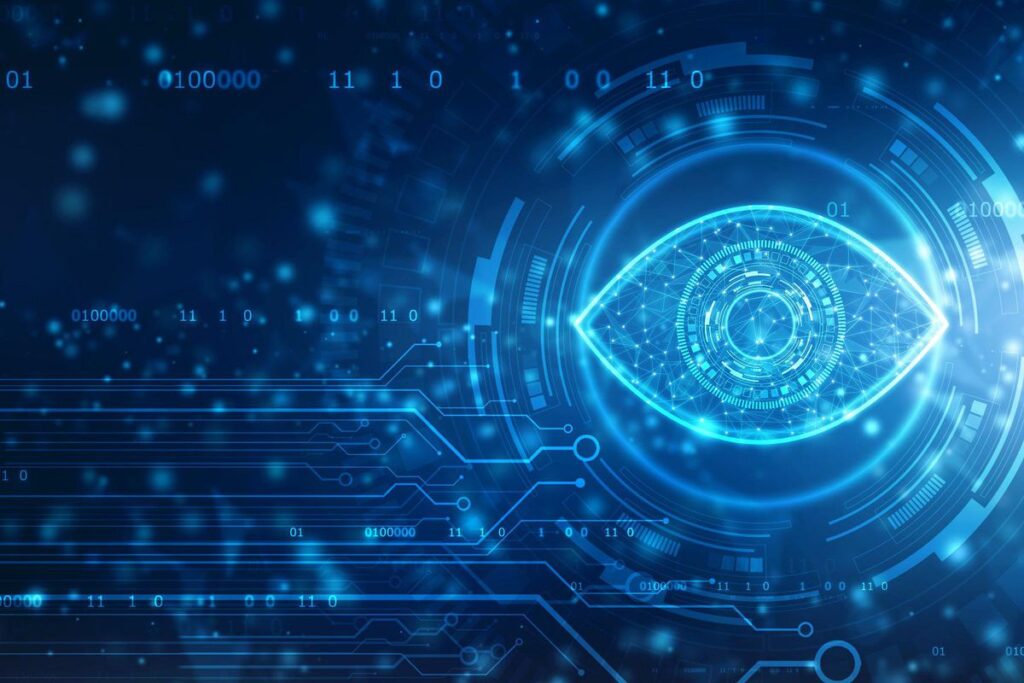
Computer vision is the field of computer science that focuses on replicating parts of the complexity of the human vision system and enabling computers to identify and process objects in images and videos in the same way that humans do. Until recently, computer vision only worked in limited capacity.
Thanks to advances in artificial intelligence and innovations in deep learning and neural networks, the field has been able to take great leaps in recent years and has been able to surpass humans in some tasks related to detecting and labeling objects.
IMAGE ANALYSIS(IA) is the identification of attributes within an image via digital image processing techniques to make the IA process more accurate and cost-effective.
Since 2013, DIGITAL GROWTH INDIA helps both product companies and non-IT enterprises gain a competitive advantage by developing IA software
IMAGE ANALYSIS CORE TASK :
Detect: Distinguish regions of interest for further analysis, individual objects from the background, etc.
Recognize: Label or classify objects in digital images based on one or several object classes: people, vehicles, electronic components, etc.
Identify: Recognize individual features of an object and classify it with more precision: identify individual people, specific vehicles, animal species, device models, etc.
IMAGE ANALYSIS SOLUTION OFFERED AT DIGITAL GROWTH INDIA
Facial recognition
Identification of a specific person’s face to provide exclusive services, identify suspects and trespassers, etc.
Emotion recognition
Assessing the level of a customer’s satisfaction to solve unique business challenges.
Grading and sorting
Object quality analysis for streamlined classifying and sorting.
Quality control (QC)
Checking for surface defects, foreign materials, discoloration, absence of components, etc.
Counting
Using an optical system to count similar objects on the production line or in a warehouse
Computer-aided diagnosis
Reading X-ray images, CT, PET and MRI scans, ultrasound scans (including 3D and 4D), isotope scans, etc. Enhancing clinical images, measuring organ dimensions and blood flow, detecting pathological signs and suggesting a diagnosis.
Damage assessment
Identifying damage issues in complex electronic devices, vehicles, etc.
3D reconstruction
Producing 3D models from 2D data (e.g., medical scans).
Optical character recognition
Reading texts and number sequences (printed and handwritten).
Event detection
Identifying behavior anomalies and alarms in surveillance videos, counting people traversing a passage.
Organizing visual information
Indexing visual databases
Detection of visual defects and anomalies
Barcode verification and validation
Recognition of item location and positioning
3D modeling and mapping
IMAGE ANALYSIS SOFTWARE CONSULTING AND DEVELOPMENT PROCESS
Image analysis solution design
Defining how certain business problems should be solved with IA technology. Converting high-level business needs to software features, eliciting the requirements to image quality and recognition accuracy.
Business case creation
Outlining IA solution alternatives, providing business case calculations – ROI and TCO.
Software architecture (re)design
Developing the architecture while considering all the nuances that might affect image analysis system’s performance; enhancement and optimization of the existing IA software architecture.
